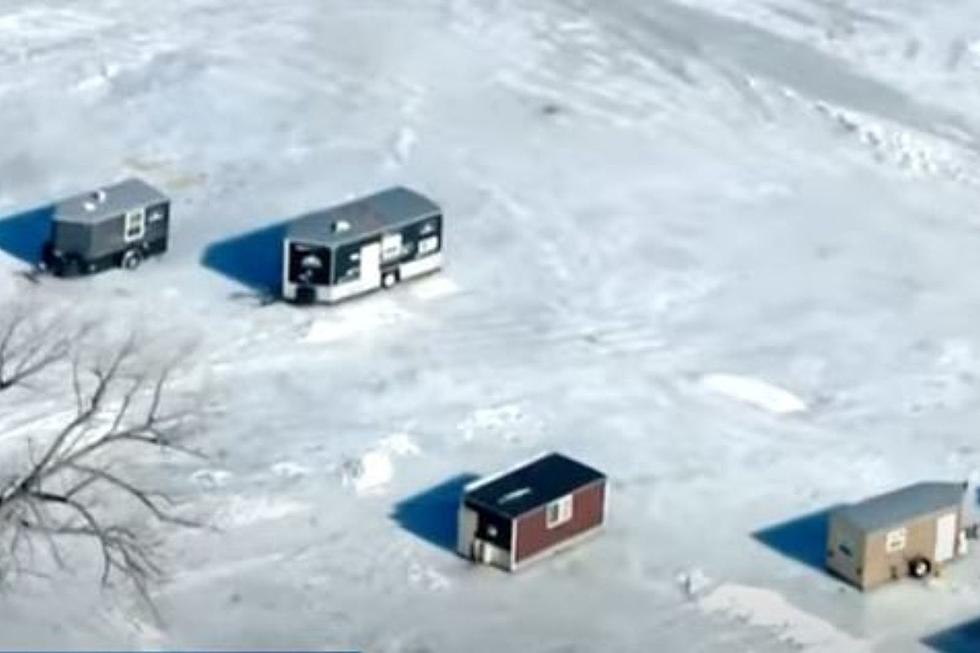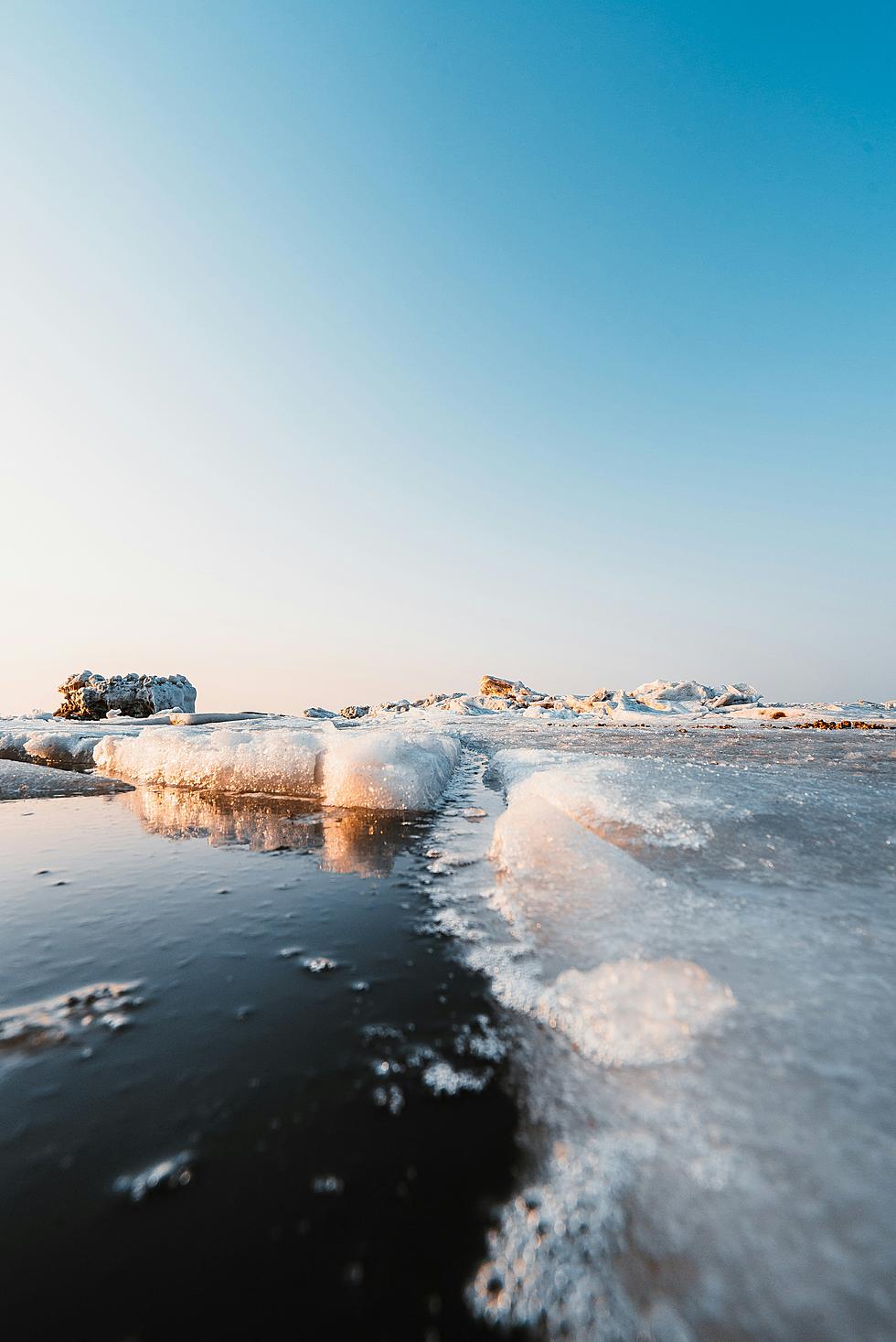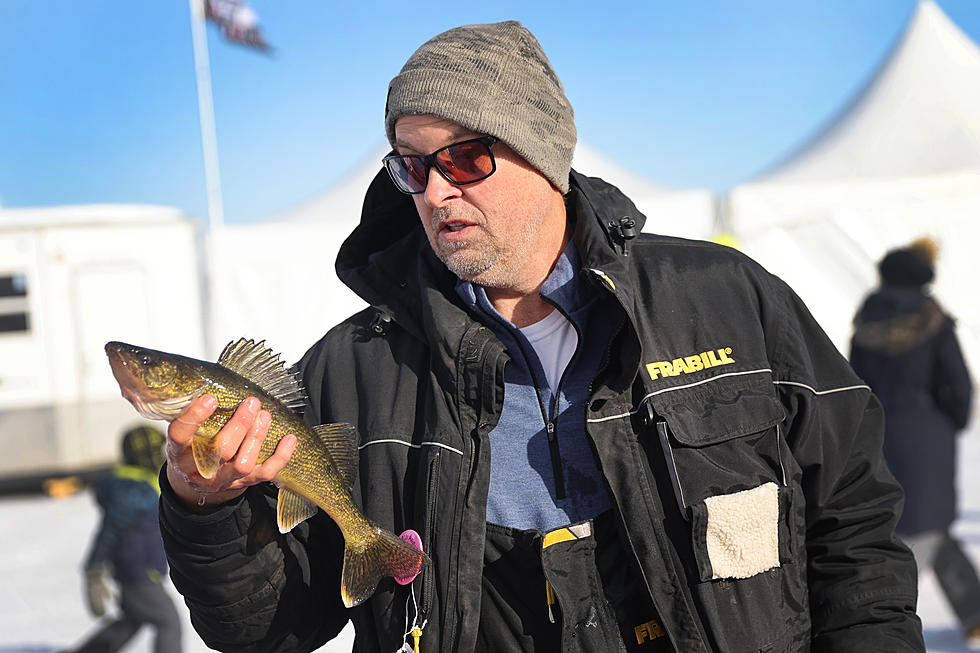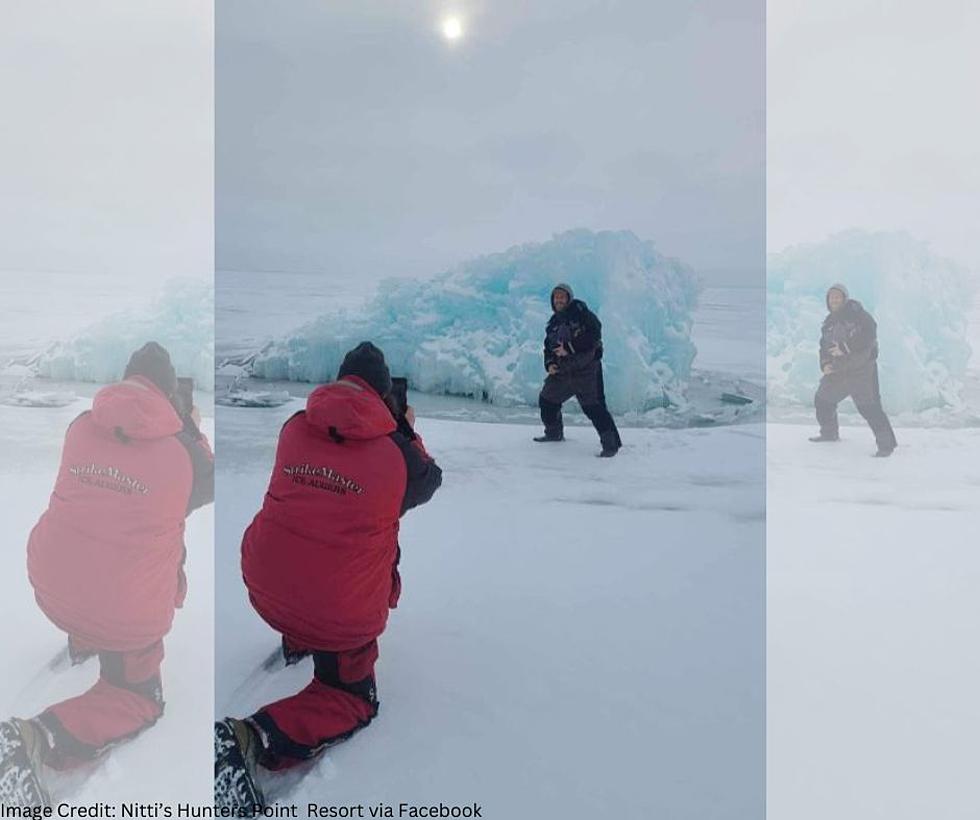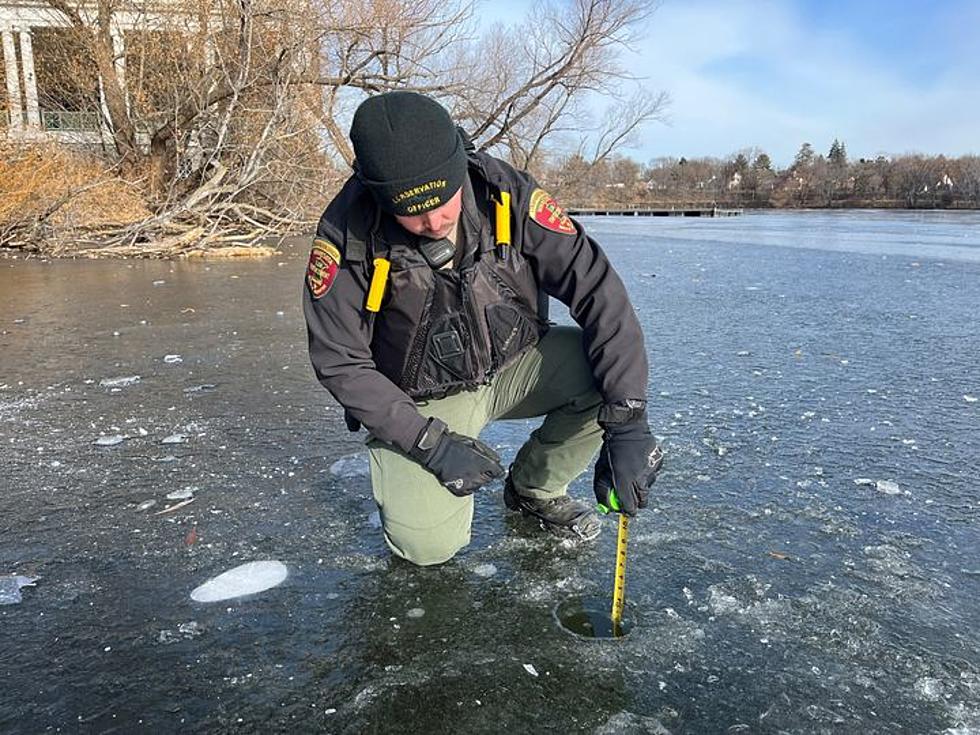
Minnesota DNR Warn of Poor Ice Conditions Across the State
UNDATED (WJON News) -- The promise of winter has many itching to get out and enjoy time on the lakes, but the Minnesota Department of Natural Resources warns that ice conditions around the state are becoming increasingly poor.
The DNR says the recent warmer-than-average temperatures paired with rain and wind have broken down ice that had formed on lakes around Minnesota.
Officials say although the week between Christmas and New Year’s has become a popular time for people to bring out and set up their fish houses, there are not many places where ice is currently thick enough to support the weight of those structures.
The DNR and various county sheriff’s offices around the state have already responded to several reports of fish houses and recreational vehicles falling through ice including three on Upper Red Lake in the last 10 days.
Officials say conditions will continue to be poor, including open water in most of central and southern Minnesota, until the temperature drops low enough and stays low for several days to form new, clear ice.
With conditions continuously changing, the DNR recommends checking ice thickness frequently and planning for the worst if you do decide to go out on the water.
LOOK: The most extreme temperatures in the history of every state
Gallery Credit: Anuradha Varanasi
LOOK: The most expensive weather and climate disasters in recent decades
Gallery Credit: KATELYN LEBOFF
More From 98.1 Minnesota's New Country

